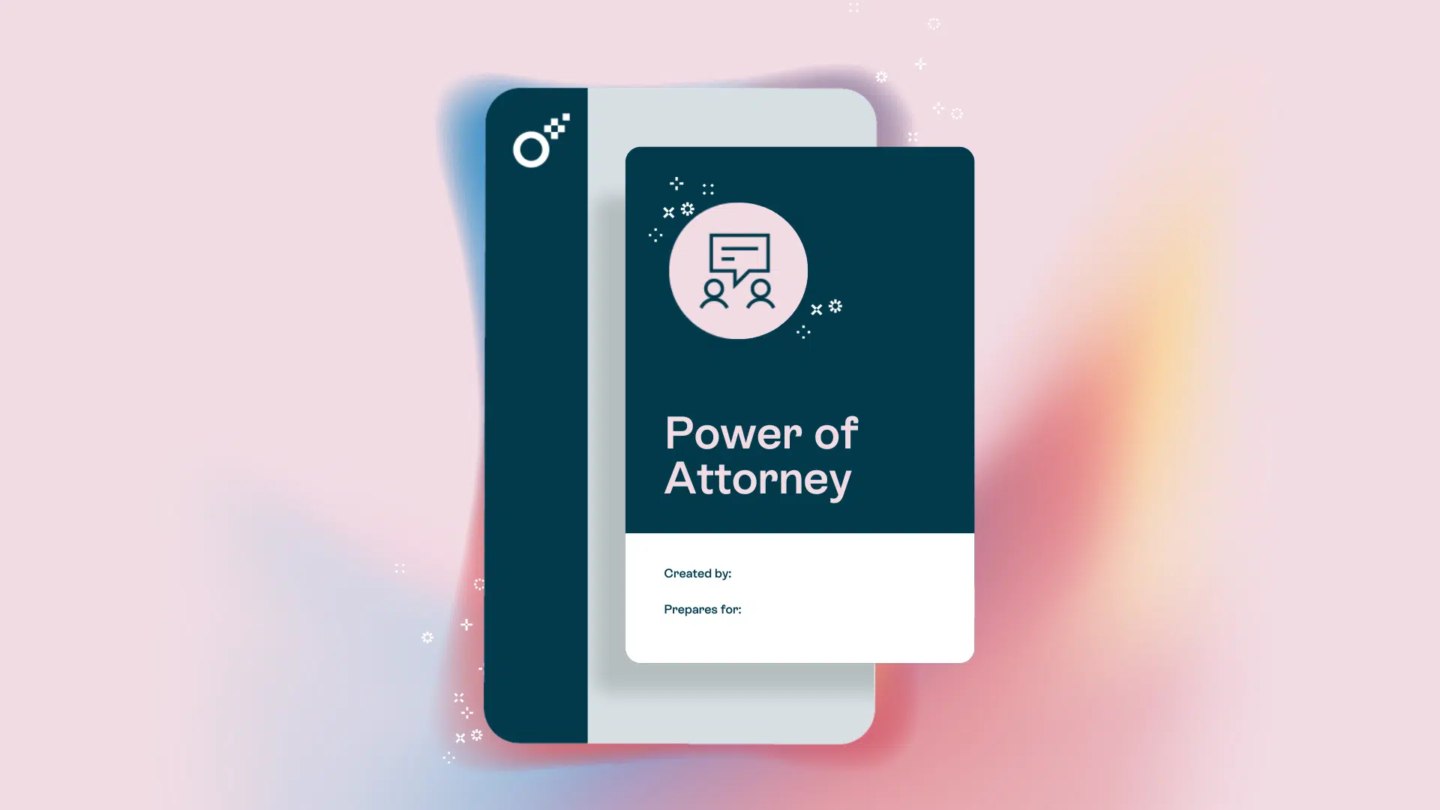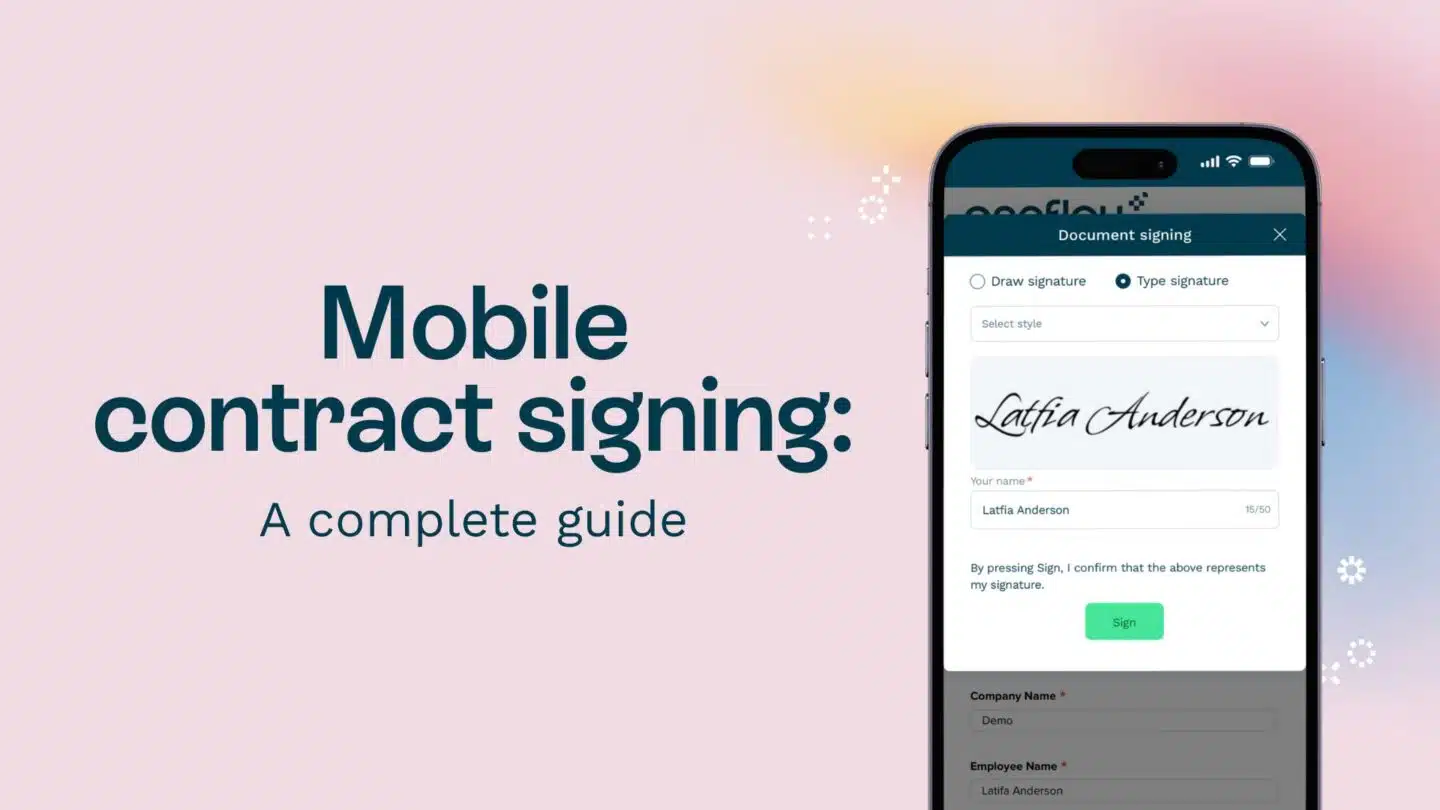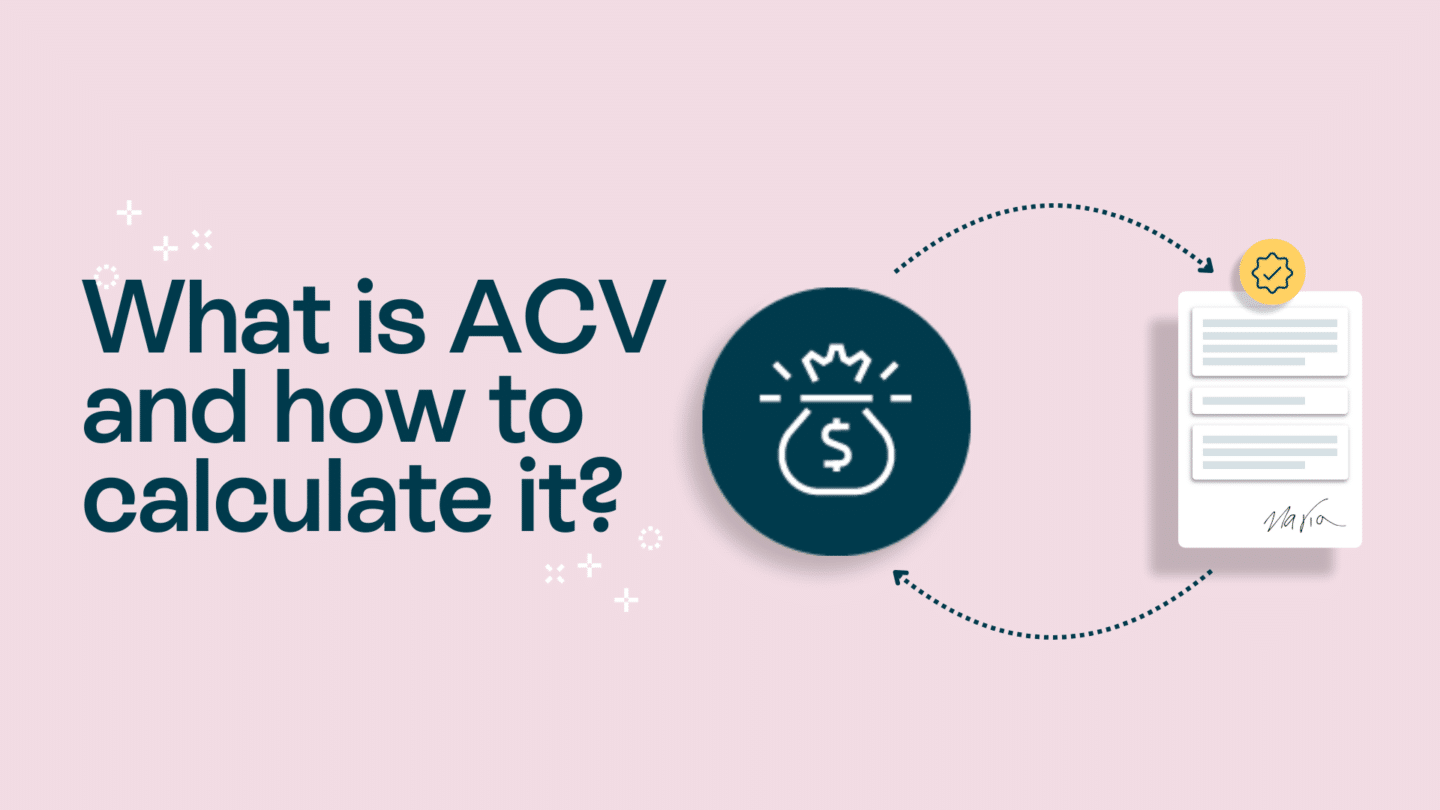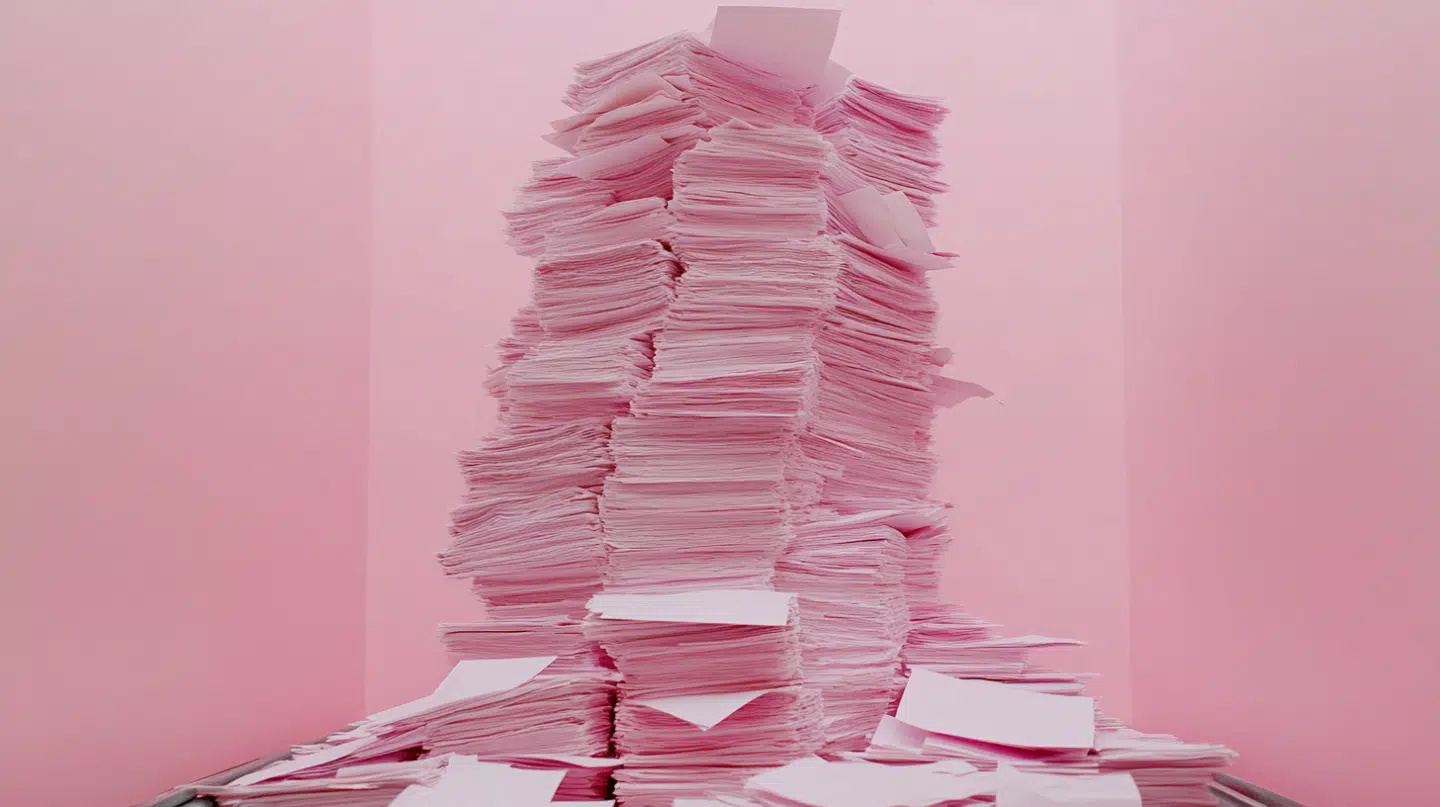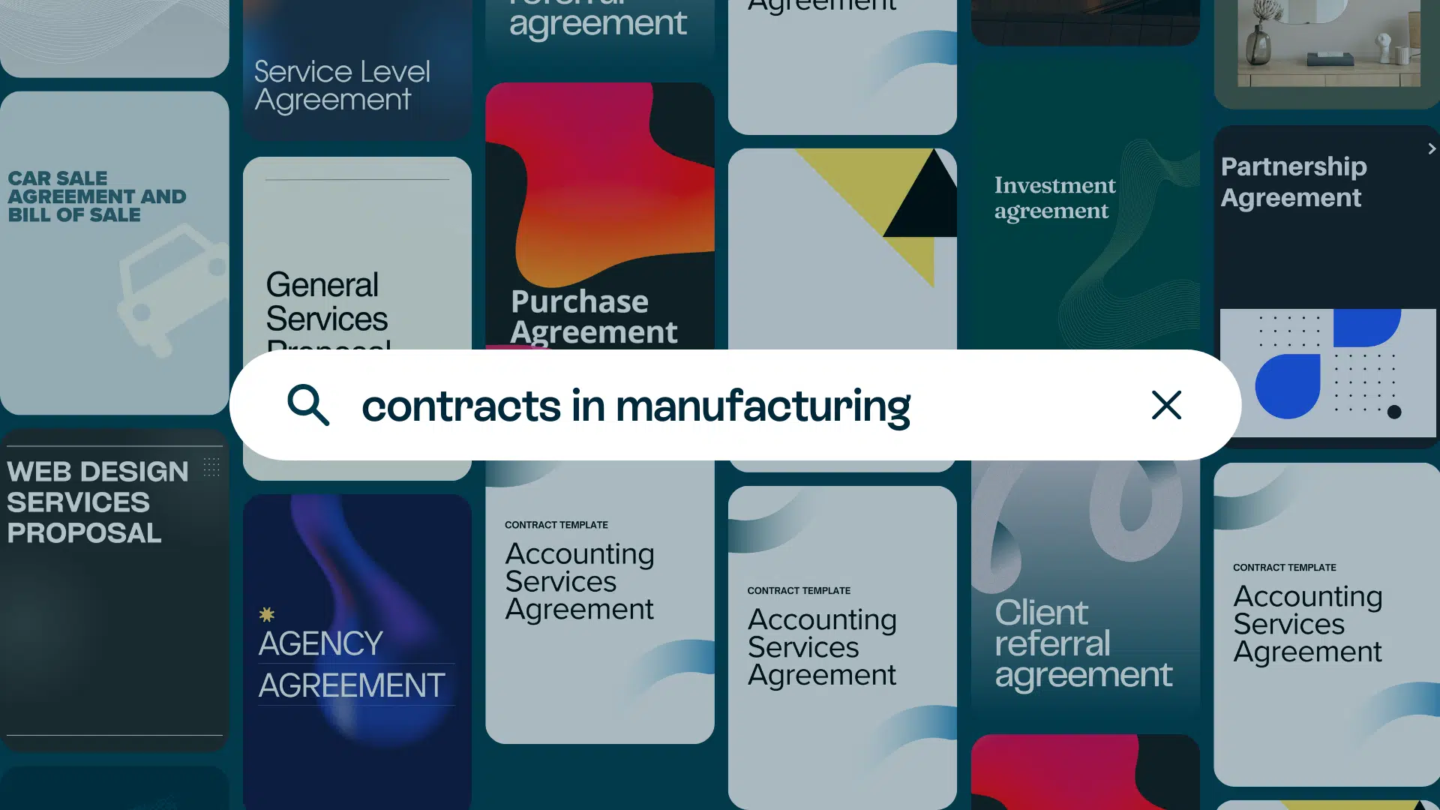Are you a landlord thinking of renting out your property? Or a tenant getting ready to sign a lease? Whatever your reason for needing a lease agreement, it’s essential to ensure that it’s well-written and covers all the necessary aspects of your arrangement. Here’s everything you need to know to write a lease agreement that works for you.

Understanding the basics of a lease agreement
Before you start drafting your agreement, it’s essential to understand what it is and why it matters. It’s a legal contract that outlines the terms and conditions of a rental arrangement between a landlord and a tenant. It serves as a binding agreement that both parties can refer to if there are disputes or issues down the line.
When it comes to renting a property, this type of agreement is one of the most critical documents that a landlord and tenant will sign. It sets the tone for the entire rental relationship and ensures that both parties are aware of their rights and responsibilities. A lease agreement is a legally binding document, which means that both the landlord and tenant are obligated to follow its terms and conditions.
What is a lease agreement?
A lease agreement is a written agreement between a landlord and tenant, outlining the terms and conditions of a rental arrangement. It covers things like rent, security deposits, maintenance responsibilities, and other crucial aspects of the tenancy.
When drafting a lease agreement, it’s important to be as detailed as possible. The more information that is included in the lease agreement, the less likely there will be any confusion or misunderstandings between the landlord and tenant. This can help to prevent disputes down the line and ensure that both parties are satisfied with the rental arrangement.
Read also: What is contract management: A complete guide

The importance of a well-written lease agreement
A well-written lease agreement is vital for both the landlord and tenant. For the landlord, it serves as a legal document that outlines their expectations of the tenant and sets out the terms and conditions of the rental agreement. For the tenant, it provides clarity on the rent amount, deposit requirements, and other obligations.
Having a well-written lease agreement can also help to protect both parties in the event of a dispute. If an issue arises, both the landlord and tenant can refer to the lease agreement to determine what their rights and responsibilities are. This can help to prevent misunderstandings and ensure that the rental relationship remains positive.
Key elements of a lease agreement
Some of the key elements that should be included in a lease agreement are; the names and addresses of the parties involved, the lease term and rent amount, the security deposit, the payment schedule, the maintenance and repair responsibilities, and any other rules or regulations that the tenant needs to follow.
It’s also important to include information on what will happen if either party breaches the lease agreement. This can include details on how much notice must be given before the lease can be terminated, as well as any penalties or fees that may be incurred.
Overall, a well-written lease agreement is essential for any rental arrangement. It can help to protect both the landlord and tenant and ensure that the rental relationship remains positive. By including all of the necessary details and being as detailed as possible, landlords and tenants can help to prevent disputes and ensure that the rental arrangement is a success.
Read also: How to make a digital signature secure and safe

Preparing to draft your lease agreement
Before you start writing, there are a few things you need to consider. Following these steps will help ensure that everything is legally enforceable and covers all the essential aspects of your rental arrangement.
Researching local laws and regulations
Before you start drafting your lease agreement, it’s essential to research the local laws and regulations governing rental agreements in your area. This will help ensure that your lease agreement conforms to any legal requirements and is legally enforceable.
Identifying the parties involved
When drafting your lease agreement, it’s essential to clearly identify the parties involved. This includes the landlord and the tenant, as well as any other individuals who may be living on the property.
Determining the terms and conditions of the lease agreement
Once you have identified the parties involved, it’s time to determine the terms and conditions of your rental agreement. This includes the lease term, the rent amount, and any other obligations or responsibilities that the tenant must follow.
Read also: All you need to know about Oneflow electronic signatures and the eIDAS regulation

Writing the lease agreement
Now that you’ve prepared to start drafting, it’s time to start writing. Here are some of the key sections that should be included in your lease agreement.
Describing the property
The first section of your lease agreement should describe the property that is being rented. This includes the address of the property, as well as any specific details about the property, such as the number of bedrooms or bathrooms.
Setting the lease term and rent amount
The next section of your lease agreement should set out the lease term and the rent amount. This includes how often rent is due, the amount of rent that is due, and any penalties for late or missed payments.
Addressing security deposits and fees for the lease agreement
Your lease agreement should also include a section on security deposits and fees. This outlines how much the security deposit will be, when it will be due, and what it covers. It should also outline any fees that the tenant may be responsible for paying, such as a late payment fee.
Outlining maintenance and repair responsibilities
Your agreement should also outline the maintenance and repair responsibilities for both the landlord and the tenant. This includes who will be responsible for routine maintenance, as well as any repairs or replacements that are needed during the tenancy.
Specifying rules and regulations
It should also specify any rules and regulations that the tenant must follow during the tenancy. This includes things like noise regulations, pet restrictions, and requirements for maintaining the property.
You can try Oneflow templates for free here
Including clauses for termination and renewal
Your lease agreement should also include clauses for termination and renewal. This outlines the process for ending the tenancy, as well as how the lease can be renewed at the end of the lease term.
By following these tips, you can write a well-crafted and legally enforceable agreement that works for both you and your tenant.
Do you want to get started with contracts like these, and many more types? Click here to try Oneflow today.
